On Sunday 3 June 2018, in a tradition dating back to 1250, the St Margaret’s National Pilgrimage 2016 will take place in Dunfermline with a procession led by Archbishop Leo Cushley from the Louise Carnegie Gates to St Margaret’s Church. Times are on the poster below. People are asked to gather at the gates to the Glen at 1.45pm but from 11am you can also visit sites associated with St Margaret.
Even for the non religious there is much to fascinate about Saint, previously Queen, Margaret – a hugely important historical figure and yet relatively unsung. She was English but brought up in exile in Hungary in a rarified, intellectual and pious atmosphere. It must have been quite a culture shock when she married the powerful but illiterate Malcolm Canmore and came to Dunfermline as his Queen. Far from discouraging her study however, Malcolm was proud of his wife’s abilities and had her books bound in gold and studded with jewels. One of the miracles attributed to Margaret is that her bible survived being lost in a river but it could have been because of its fancy cover! It is interesting that Malcolm, who was not himself religious, had such respect for Margaret he was happy for her to pursue her religious and social reforms as she wished.
Among her many achievements, Margaret founded the church that was ultimately to become Dunfermline Abbey – one of the very few churches founded by a woman – and she brought Benedictine monks from Canterbury to establish a monastery in the town which became the richest and most powerful in Scotland. She also had a ferry built to cross the Forth so that pilgrims could travel to the Abbey – hence the names North and South Queensferry.
She was interested in medicine and other progressive ideas and is credited with introducing the wearing of colourful clothes and good manners to her new homeland. It’s funny to think of the people of Dunfermline going round in pinks and reds and purples saying please and thank you while the rest of Scotland wore brown and grey and snubbed each other in the street! Could that be the basis of a future celebration of this remarkable woman – a day on which we all wear our brightest clothes and are incredibly polite all day?
Margaret was one of the very few wives and mothers ever to be made a saint. Her eight children all survived to adulthood with four of her six sons becoming kings and both of her daughters marrying kings. Saint Margaret is the Patron Saint of Mothers and it is for this reason that Mary Queen of Scots had Margaret’s head dug up from her grave, nearly 500 years after her death, so she could have it with her as a good luck charm in childbirth. The fact that the head was somehow later mislaid in France means that Mary managed to lose not only her own head but someone else’s as well.
A deeply religious woman, Margaret devoted much of her day to prayer and study as well as to helping the sick and the poor. She would, for example, serve food to the local orphans and wash their bare feet before she herself ate. Indeed she would regularly deny herself food altogether which probably contributed to her death in 1093 at just 49, days after she heard the news of her husband’s death in battle.


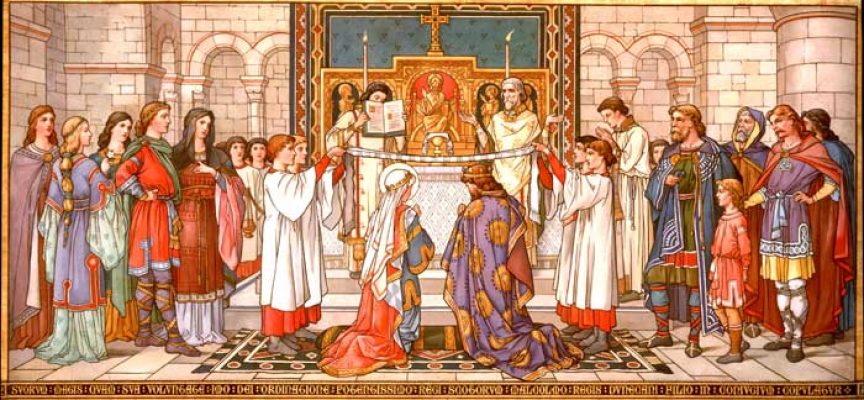
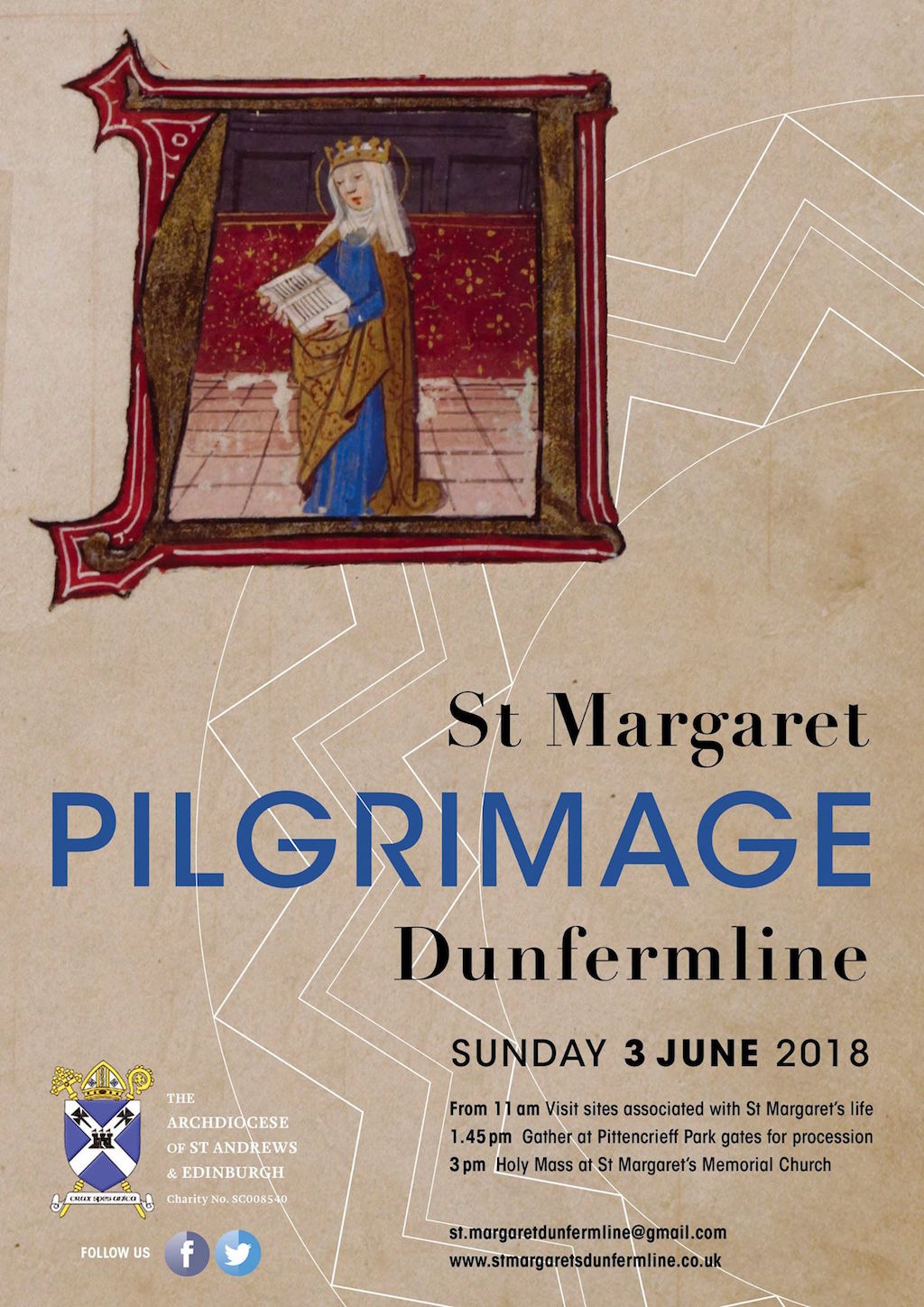

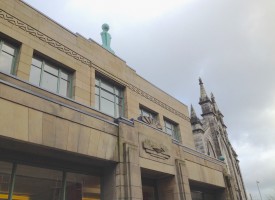
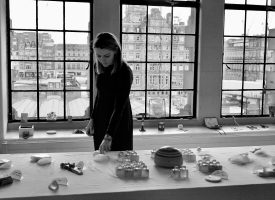

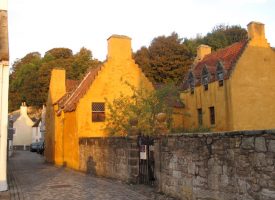
No comments!
There are no comments yet, but you can be first to comment this article.